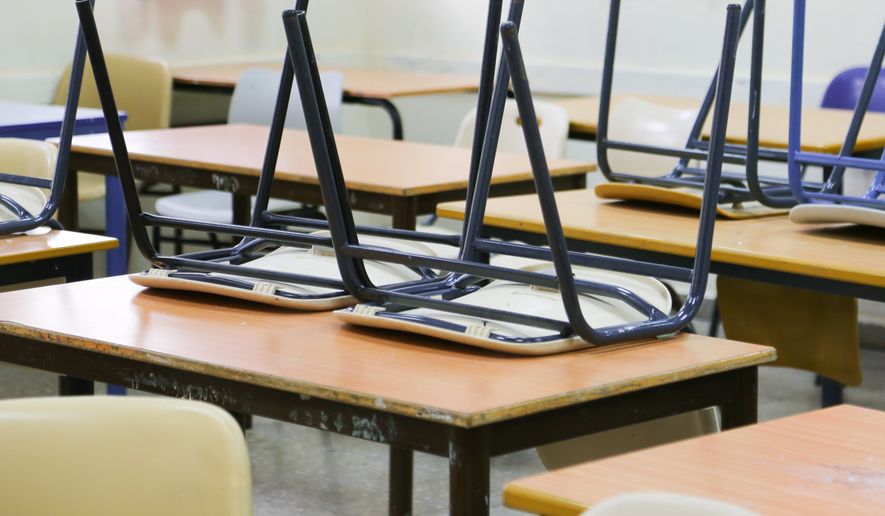Children of military service members and civilian defense employees in schools run by the Pentagon led the nation in math and reading last year, improving even after COVID-19 disruptions.
The percentage of eighth-graders at Department of Defense schools who scored proficient in reading increased from 45% in 2013 to 55% in 2022, according to the National Assessment of Educational Progress, a standardized federal exam that compares states and large districts. Over the same period, the national average for reading proficiency in all 50 states dropped from 34% to 29%.
In mathematics, the percentage of proficient eighth-graders increased from 40% to 41%. Nationally, it dropped from 36% to 35%.
The New York Times first reported the numbers Tuesday, noting that military-run schools also had the highest scores for Hispanic and Black students, who outperformed the national average of their White peers.
Reached for comment Wednesday, education experts attributed the performance gaps to higher academic standards, smarter financial decisions, shorter COVID lockdowns and better family support. They said schools run by military standards have outperformed K-12 public school districts for about a decade.
“If you give teachers high salaries and place them in well-resourced classrooms, and if you have high and consistent expectations for all of their students, good things will happen,” Jonathan Zimmerman, a professor of the history of education at the University of Pennsylvania, told The Washington Times.
The Department of Defense operates 160 schools serving 66,000 students, most at military bases on domestic and foreign soil.
The students’ performance on last year’s NAEP exam, also known as the “nation’s report card,” showed no signs of the pandemic-induced learning losses that have hurt traditional school districts.
The Department of Education’s National Center for Education Statistics reported in February that 49% of K-12 schools said their students started behind a grade level in fall 2022, the same as fall 2021 and up from 36% before the pandemic.

Math and reading were the two most common areas where students fell behind after two years of online learning during campus shutdowns, the report noted.
A commitment to mission and larger shares of two-parent families at military-run campuses helped them reopen “sooner and more successfully” than most other schools, said Patrick J. Wolf, an education professor at the University of Arkansas.
“By definition, students in those schools have parents who serve in the military,” Mr. Wolf told The Times. “That commitment to supporting our national defense has spillover effects on how military families raise their children, including instilling in them the values of commitment, effort, persistence and respect for others.”
According to Lance Izumi, senior director for education studies at the right-leaning Pacific Research Institute in California, Department of Defense schools also have used college and career preparation standards to better motivate their students.
“Regular public schools, therefore, should learn many lessons from the success of DoD schools, especially since the DoD success recipe is not rocket science,” Mr. Izumi said in an email.
• Sean Salai can be reached at ssalai@washingtontimes.com.




Please read our comment policy before commenting.